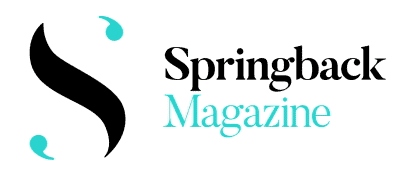The spectacle of Kuan-Jou Chou’s Tomato is of a messier kind. The sultry Coronet setting lent itself to a raunchy show, albeit offset by the binbag tunics provided for the front row, and childlike laminated signs of ‘you might be splashed!’ Three performers, including Chou, share the stage with a glass box of tomatoes. On a TV screen, a camera view projects footage both close up and fetishist, and the camera itself passes between them. A voiceover explains the steps one must follow in tomato selection. In a devilishly clever twist, the audience become the tomatoes – see it to believe it.
Received well at Edinburgh Fringe (2022), experimentation and risk were anticipated, although I look forward to the day that works of a lustful nature aren’t referred to as inherently ‘risky’. Chou explores lust from a feminist perspective – though the terms of lust are decided by societal narratives. Tomatoes are the lucky candidate for metaphor, the vessel for expression. For 30 minutes of fruit porn, the sexual references are ripe. In one moment, the performers slowly pass two tomatoes between their three bodies, skin never touching. This cheeky game, plus the fact that we didn’t get splashed all that much in the end, suggest an element of constraint, a fulfilment unreached. They mock their own feverish insatiability. Using antibacterial spray as a tool for pleasure, they imply that cleanliness does not coexist with their chosen sexual lives. To Chou, Taiwanese people lack the words to articulate their desire, a society that contains lust in a certain form. The anticipation of the tomatoes – mostly tucked into nooks and crannies – eventually bursting, mirrored that of desire, and the image of a tomato erupting through the fingers of a clenched fist is a brilliant, exasperated esponse to this problem.
Chou devotes her practice to the what she calls the Lust Body. Using fluid sexuality, dry humour, and self-acceptance, she hacks away at boundaries. Other than bin bags, few boundaries protect us. However, the prying voyeurism of the camera is mainly directed onto the performers, and the hilarity of their urges leaves us tickled, a little shy but not uncomfortable – merely blushing the colour of fruit they frolic in. In light of the conservative, somewhat abstract presentation of bodies in the preceding performances, Tomato seems a joyful, open invitation, calling dance to the lust party, and pleasure to dance.
Today, only 12 countries recognise the Island of Taiwan as a country, rather than Chinese territory. An unstable independent identity, and the imposition of the Martial Law from 1949 to 1987, inhibited free exploration of the arts, and frames the emergence of modern Taiwanese dance as it is seen today. As shared by Lai Hung-chung, the refinement of distinctively Taiwanese movement language is ongoing. Nevertheless, the festival’s hybrid of digital finesse, flirtation and body agency reflects an intelligent collective mindset attuned to forward thinking, and a devotion to works of visual wonder. ●








